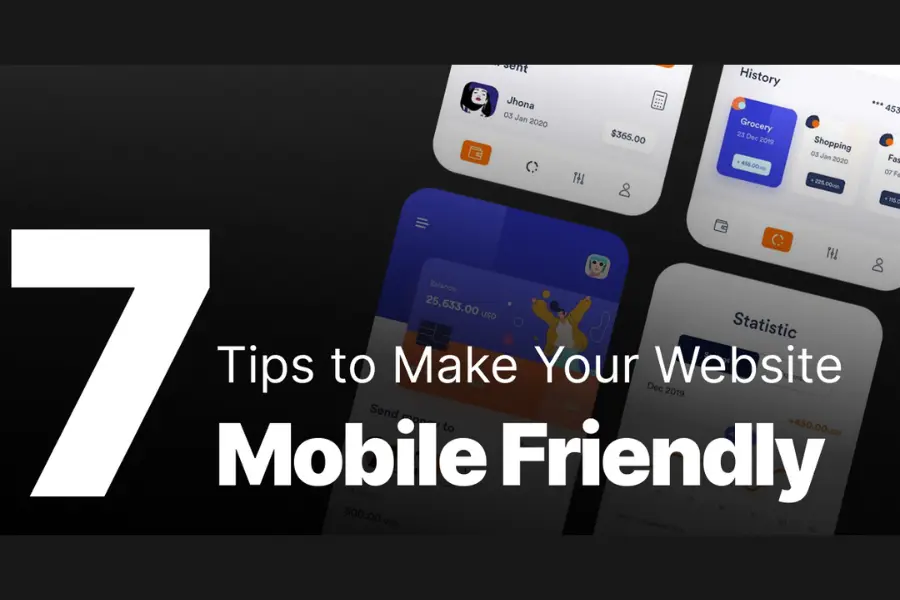7 Tips To Write Mobile-Friendly Content

In the mobile-centric era we live in, copywriting and content writing that is not only informative but also easily digestible on smaller screens is essential. As more users access websites from mobile devices, optimising your content for mobile is crucial for engaging your audience. Here are seven tips to write mobile-friendly content.
1. Prioritise Readability
When writing for mobile, prioritise readability by keeping your sentences and paragraphs concise. Break up large blocks of text into smaller paragraphs, and use subheadings to guide readers. Additionally, choose a legible font size and style to ensure comfortable reading on smaller screens.
2. Use Short Paragraphs and Bullet Points
Mobile users often skim through content, looking for information quickly. Break your content into short paragraphs and use bullet points or numbered lists to present information in a scannable format. This not only improves readability but also helps users grasp key points at a glance.
3. Optimise Headlines and Subheadings
Craft compelling headlines and subheadings that are attention-grabbing and convey the main ideas of your content. Mobile users often decide whether to read further based on these headings, so make them concise and impactful. Ensure that your headlines and subheadings are formatted properly for mobile display.
4. Focus on a Single Idea per Section
Mobile users prefer content that gets straight to the point. Structure your content to focus on a single idea or topic per section. This allows users to quickly understand the information without feeling overwhelmed. If you have multiple points to cover, break them into distinct sections to enhance clarity.
5. Optimise Images for Mobile
Visual content is essential for engagement, but it needs to be optimised for mobile viewing. Compress images to reduce file sizes, ensuring faster loading times. Use responsive design techniques to ensure that images scale appropriately on various screen sizes. Alt text is also crucial for providing context to visually impaired users and for search engine optimisation.
6. Implement a Responsive Design
Ensure that your website is built with a responsive design that adapts seamlessly to different screen sizes. Often professionals offering content writing services focus on responsive website that adjusts the layout and content presentation based on the user's device, providing an optimal viewing experience. This not only improves user satisfaction but also positively impacts your site's search engine rankings.
7. Minimise Pop-Ups and Interstitials
Mobile users find pop-ups and interstitials disruptive and frustrating. While these elements might work well on desktops, they can negatively impact the user experience on mobile devices. If you must use them, ensure they are unobtrusive, easy to dismiss, and do not cover the main content.
Writing mobile-friendly content involves optimising for the unique needs and behaviours of mobile users. Prioritise readability, break up content into digestible sections, and use visual elements judiciously. You can partner with a trusted content marketing agency in India like Light Buzz Media to create a more user-friendly experience for your mobile audience, leading to increased engagement and satisfaction with your content. Keep in mind that as mobile technology continues to evolve, staying attuned to user preferences and adapting your content accordingly is crucial for ongoing success.